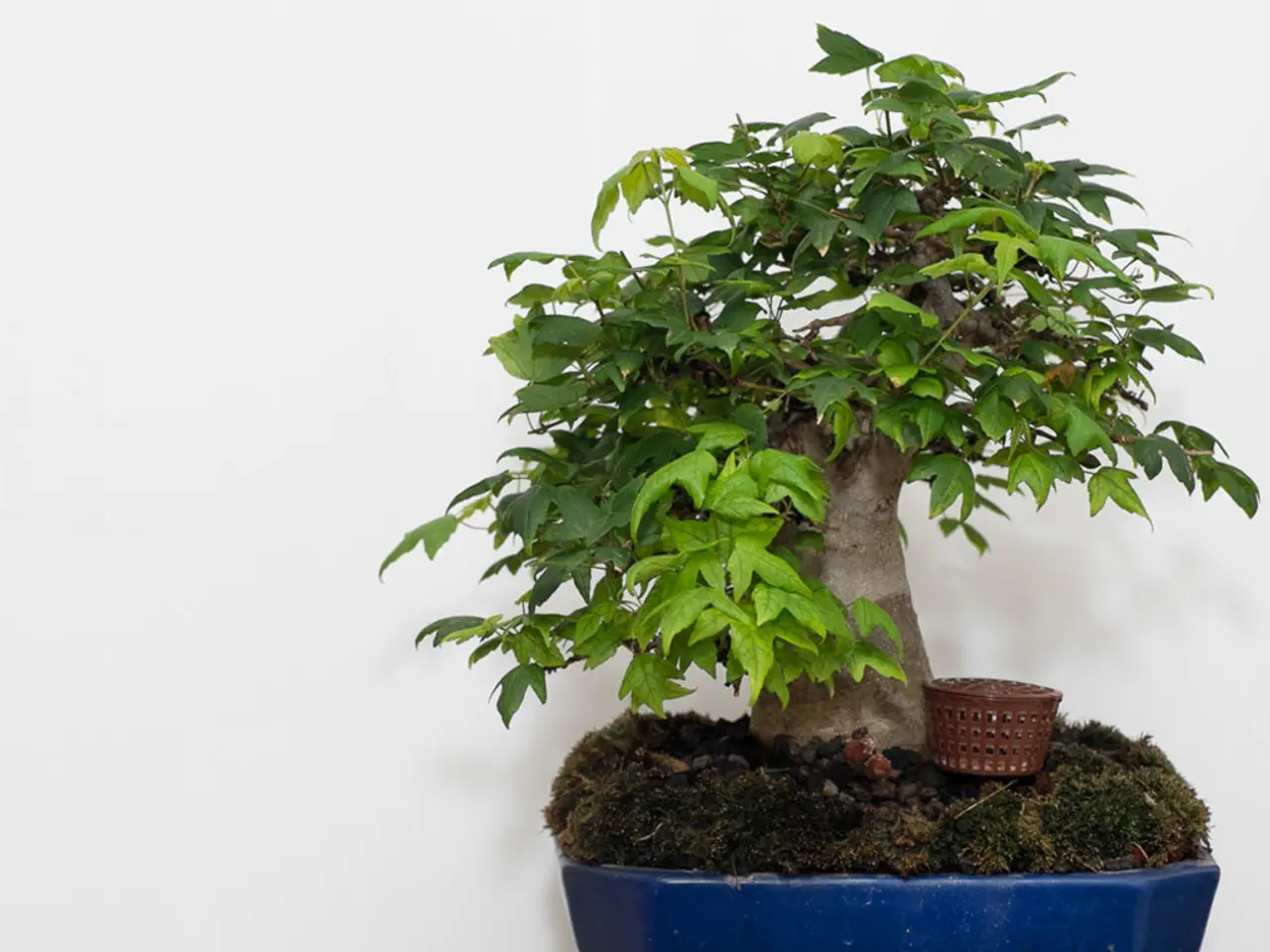Bonsai Mist Propagation Methods and Benefits for Generating New Plants
Bonsai mist propagation is a popular method for growing bonsai cuttings, and maintaining ideal humidity levels (80-90%) is crucial for its success. Here are some best practices to achieve peak results in bonsai mist propagation.
Misting Frequency and Duration
Mist bonsai cuttings every 15 to 30 minutes for short bursts, or use an automated misting system that provides fine, gentle misting frequently throughout the day. Misting sessions typically last a few seconds each to avoid waterlogging, but provide enough humidity to reduce transpiration stress during root development. Maintaining near 100% humidity around cuttings promotes rooting success.
System Selection
Choose a misting system designed for propagation, such as a fine mist nozzle setup connected to a timer or humidity-controlled controller. Alternatively, a DIY setup using spray bottles for manual misting combined with a humidity dome (plastic wrap or clear cover) can work effectively for small-scale propagation. Automated mist systems offer more consistent humidity and save labor.
Propagation Environment
Keep cuttings in a warm location with bright, indirect light and stable temperature (around 70-75°F / 21-24°C). Use a humidity dome or plastic cover to maintain moist air around cuttings without direct water pooling. Submerging cuttings near a node in moist soil or water can help initiate rooting.
Media and Watering Considerations
Use a well-draining but moisture-retentive bonsai soil or propagation mix. Avoid saturating the soil to prevent rot. Adjust watering based on the medium’s dryness; bonsai mixes with organic content require less frequent watering compared to inorganic mixes like LECA or pumice, and environment (e.g., sunlight, air movement) also influences moisture needs.
Additional Tips
- It's generally recommended to use filtered or distilled water for misting to prevent mineral buildup and potential root rot.
- It typically takes 1-3 months for roots to form in a mist propagation system, depending on species, temperature, and humidity.
- Commercial misting systems for bonsai propagation offer a tailored approach to mist propagation with features like programmable timers, adjustable misting frequencies, and precision nozzles.
- Ideal temperature for mist propagation is 65°F to 75°F (18°C to 24°C).
- Over-misting can lead to root rot and cutting failure, while under-misting can cause cuttings to dry out and reduce the chances of successful propagation.
- A balanced, water-soluble fertilizer applied at half strength every 7-10 days supports healthy development during the mist propagation process.
- Inconsistent misting frequencies can disrupt the delicate balance of humidity, affecting the cuttings' ability to develop roots.
- When propagating multiple species of bonsai in a shared misting environment, it's important to guarantee similar climate and humidity requirements to prevent competition and stress.
By following these practices, you'll be well on your way to mastering bonsai mist propagation and enjoying the rewards of a thriving bonsai collection. Happy growing!
Sustaining a favorable lifestyle for bonsai includes maintaining a home-and-garden environment specifically designed for bonsai mist propagation. Gardening enthusiasts might find success with a home-made misting system that replicates the ideal humid and warm conditions needed for bonsai propagation, such as setting up a spray bottle for manual misting paired with a humidity dome.




